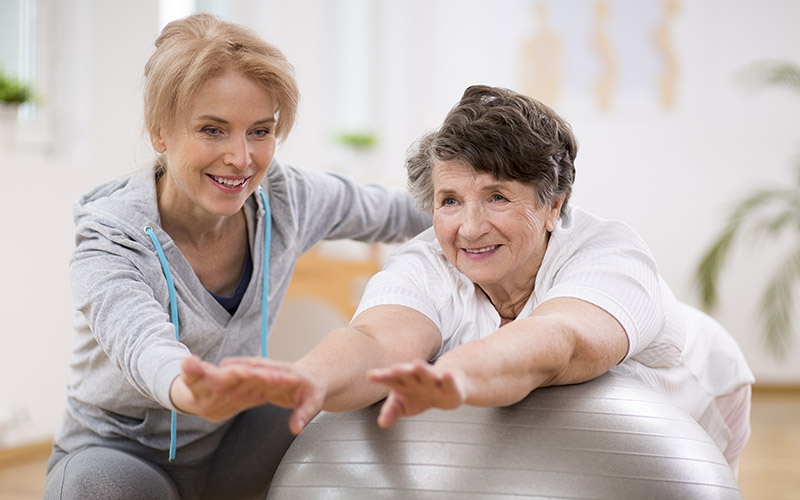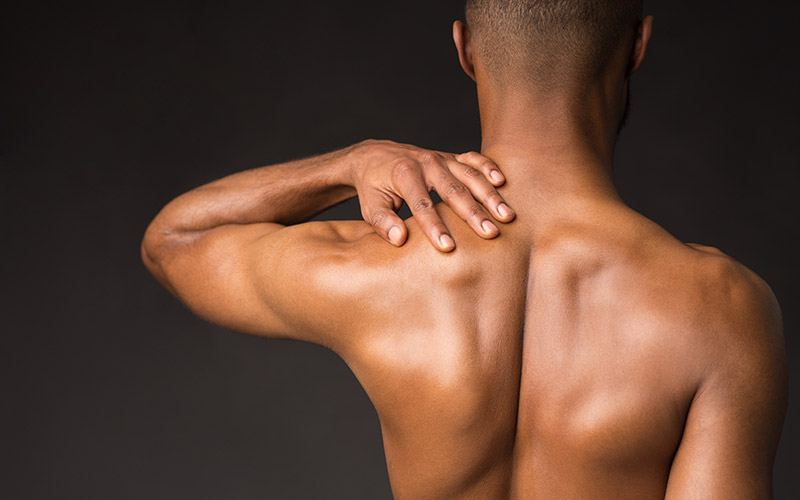What is Customer Service?

I think it all starts out with a smile and a welcoming hello. Customer service involves all employees, all the people that walk through the door, and every phone call. It is about communication and making people feel important. In physical therapy, we need to get patients in as soon as possible to help them start feeling better. We need to give them the information regarding their insurance/authorization correctly and in words that they understand. Patients need to be involved in their initial evaluation (goals and plan) and need to feel heard. We should introduce them to the whole physical therapy team. They should know what the plan is for their therapy and feel comfortable doing the exercises on their own and at home. The patients should feel safe, “under good hands”, and they should know that they can ask questions at any time. We want them to want to come to physical therapy because we care for them and we are doing everything possible to get them feeling better and back to where they want to be. The goal is that patients recommend us to their physician, family, and friends.


